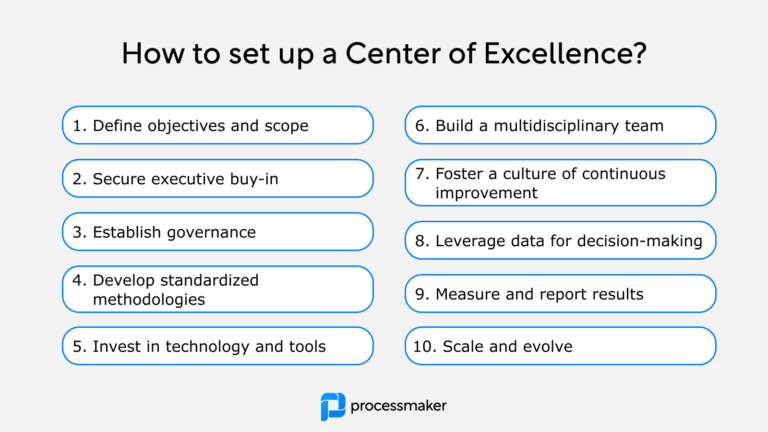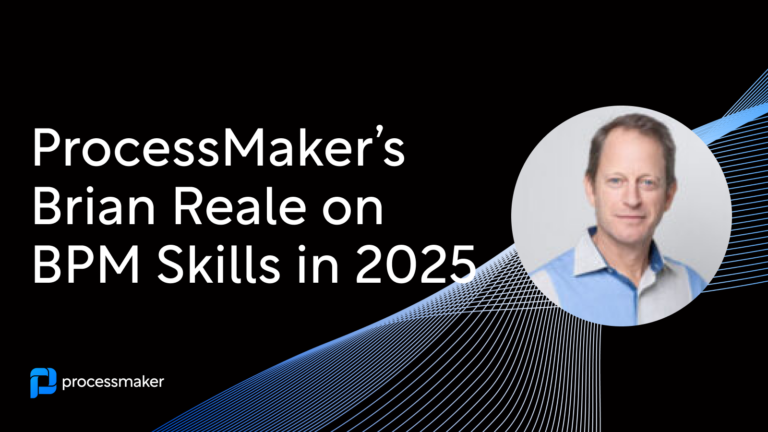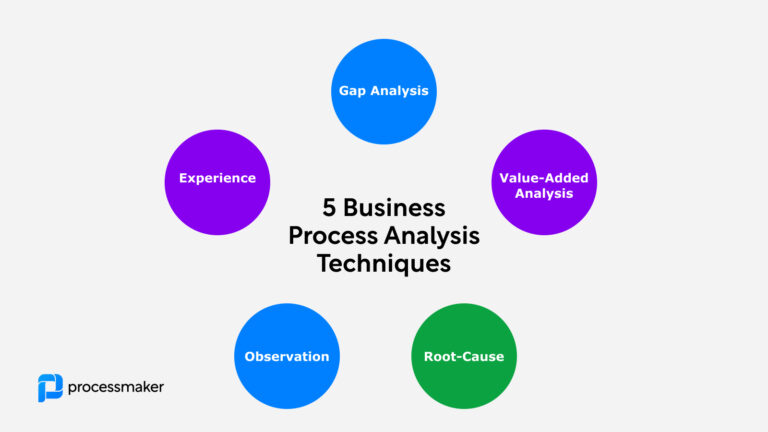In a digital economy, very few organizations can compete on price. The most critical factor in differentiating a company and ensuring repeat business is customer experience. Researchers at Forrester calculated that a 10 percent improvement in customer experience scores can increase revenue by more than $1 billion. However, many companies are failing when it comes to customer experience metrics, and the main culprit is customer service.
The Pitfalls of Poor Customer Service
Contacting support centers often results in wasted time and endless frustration for customers. Common issues include transfers from department to department, hours on hold, and explaining the issue again and again until the problem is finally solved. Individually or in combination, these factors contribute to poor customer experience.
The time it takes to solve problems through customer support also prevents companies from capitalizing on the rewards that come with great customer experiences. Because so much effort is invested in basic improvements to service quality, there are no resources available to develop creative ways to go above and beyond for customers.
Business process management (BPM) offers an opportunity to empower support teams and the customers they serve. Advanced BPM solutions make it possible to solve problems efficiently and take advantage of positive customer experiences.
The Benefits of BPM
Customer relationship management (CRM) software is traditionally used for sales teams. While they can be leveraged for support and customer service purposes, they are transactional systems. CRMs do not do a very good job at manage service level agreements (SLAs) across the support process. It is difficult for most CRMs to guarantee that resolutions are delivered within a certain time frame and according to a specific process map. Generally, CRMs act as another siloed system in the enterprise architecture landscape. As a result, they lack the capability to deliver a true end-to-end modeled customer service or customer support process.
BPM software, on the other hand, makes it possible to map customer service and support processes. This orients workflow toward the primary goal of the business — serving the customer — by consolidating the roles of individual employees across the organization to resolve tickets. BPM offers an opportunity to work from a single easy-to-follow map, rather than focusing on individual interactions between customers and support staff. This strategy is far more likely to create positive service experiences and satisfied customers.
Using BPM to Empower Your Support Team — and Your Customers
Leveraging the data-centric capabilities of your CRM platform with the customer service automation of a BPM creates new opportunities to optimize the customer service workflow. For example, when a support staff member accepts a case, they could be automatically assigned to solve that ticket by being assigned to service touchpoints with customers. So even if other members act inside the ticket, perhaps all the communication might happen through a single point of contact. Processes can be designed so that a single individual is responsible for understanding a single problem, solving the problem, and following up with the customer regarding the resolution. Shuffling customers between different team members means customers are repeatedly explaining their concerns to new parties. By assigning one rep to one customer, interactions are shortened. This allows staff members to resolve more tickets.
Service automation empowers customers to initiate their own tickets by registering cases through a web portal, through slack or symphony (popular work collaboration and chat software), or via an inbound email. All of these methods could use a webhook to initiate a business process inside the support organization. Support options may include fully automated processes that use pre-recorded audio to solve common problems from beginning to end. Alternately, the system can be configured to send cases to the support team for resolution. The support staff reaches out to the customer when the issue has been resolved.
Creating Consumer Ambassadors for Your Business
Your CRM is constantly collecting valuable data. Unfortunately, it is quite common for this data to go untouched. A lot of CRM software ultimately becomes a neglected digital filing cabinet collecting virtual dust. Innovative organizations are connecting BPM software with reporting capabilities to their current CRM software. This simplifies the process of analyzing and applying customer data to refine existing workflows and improve the customer experience. Such efforts are critical to long-term organizational success, as 47 percent of customers who continuously have a poor customer experience will choose a competitor for their next purchase.
CRM and BPM platforms work together to create new opportunities for continuous improvement by finding connections between service processes and customer satisfaction. BPM software offers reporting capabilities so that you can utilize information stored in the CRM to create informative tables and charts. Reports highlight the relationship between customer experience and types of tickets, specific employees, service channels and other variables. Enterprises can use reporting to clarify what the team is doing well and where improvements are needed to enhance customer experiences.
Drill-down capabilities offered by BPM suites also help companies shave time off of customer service processes and help manage SLAs. Breaking down the number of cases open by task and employee allows organizations to swiftly locate and eliminate bottlenecks to reduce the time required to solve tickets. This functionality also helps guarantee that tickets are resolved within the time frame stipulated by an SLA, keeping clients happy.
Using BPM software to streamline customer service workflows can drastically reduce the time it takes to resolve customer concerns. Tickets are closed faster, and customer frustration is kept to a minimum. This leads to improvements in brand loyalty and increases in revenue. You can expect dramatic reductions in the time it takes to problem-solve, enhancing your ability to improve and capitalize on customer experience.
Learn more about optimizing your customer services processes with a free trial of ProcessMaker.





